Jamie Raskin, a well-known figure in American politics representing Maryland’s 8th congressional district, has recently drawn public attention for donning a bandana. He began serving in his current position in 2017 and prior to this, held a seat in the Maryland State Senate from 2007 to 2016. His new choice of headwear has sparked curiosity among constituents and onlookers alike, leading to various speculations and inquiries about the reason behind this fashion choice.
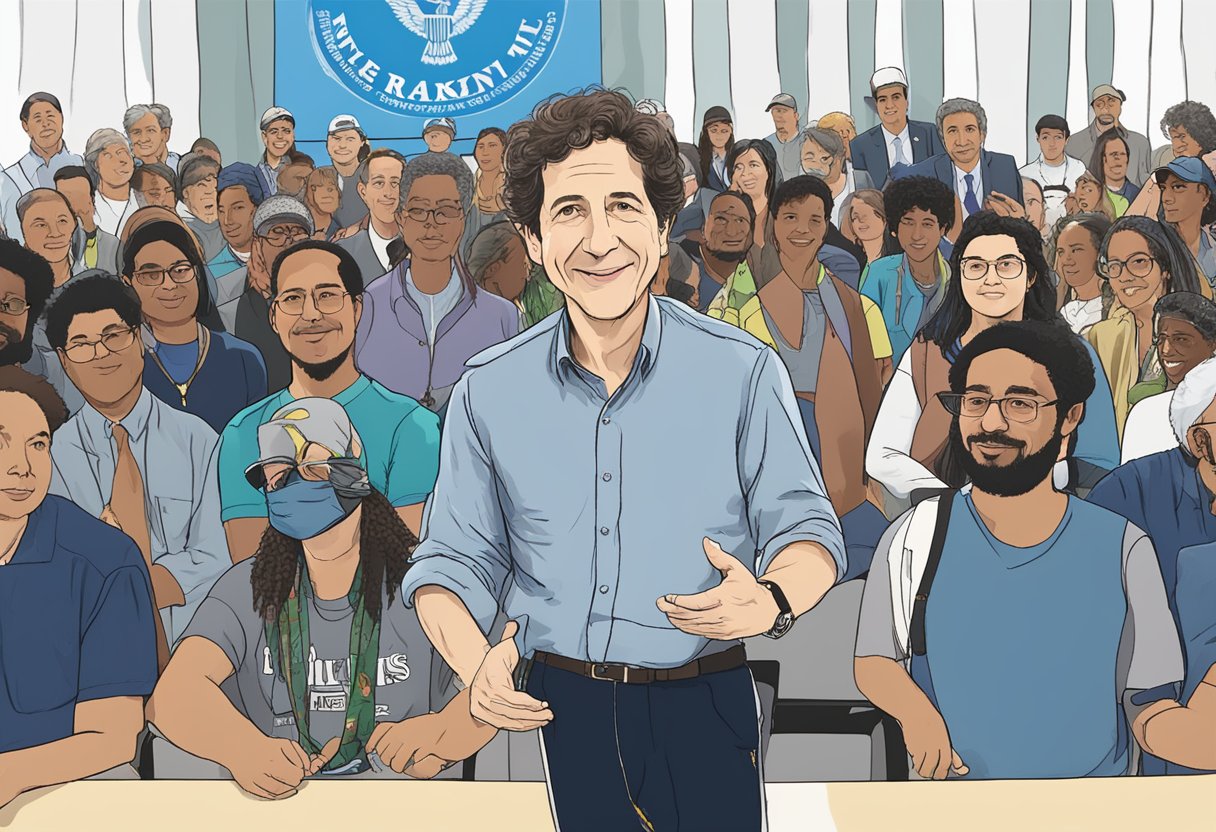
The bandana, a simple yet symbolic piece of clothing, has become part of Raskin’s appearance during public engagements and sessions. Raskin’s adoption of the bandana is not born out of a fashion statement but is a practical response to hair loss resulting from ongoing cancer treatments. This change in his appearance is a reflection of the personal health challenges he’s currently facing, which has been met with support and acknowledgment from the public.
Raskin’s choice in headwear was influenced by E Street Band guitarist Steven Van Zandt, known for his signature scarves. Van Zandt provided Raskin with the bandana, which has become a symbol of resilience and a conversation starter about health and representation in the political sphere. While the bandana serves a functional purpose, it also offers a glimpse into the congressman’s personal journey and the intersection between his public duties and private battles.
Let’s talk about why is Jamie Raskin wearing a bandana.
Content Compass
Jamie Raskin’s Battle with Cancer
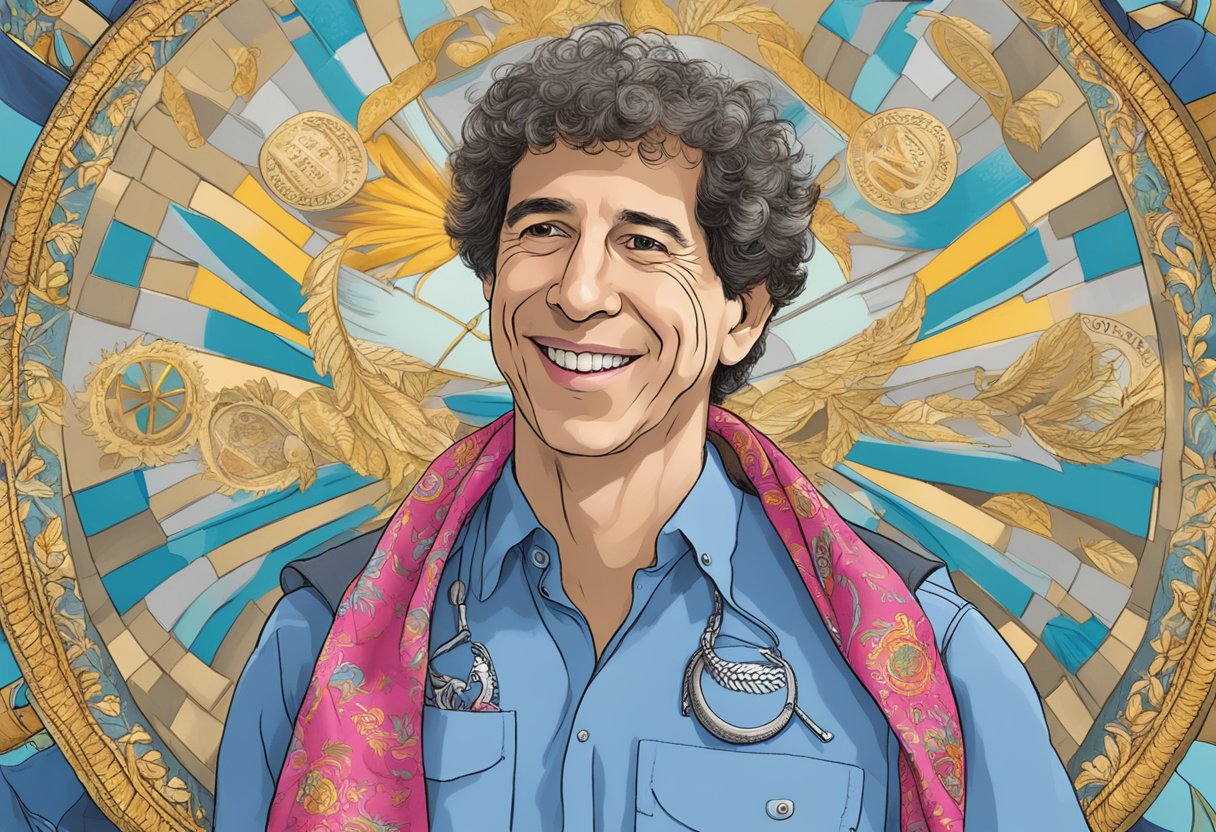
In facing diffuse large B-cell lymphoma, Congressman Jamie Raskin has been undergoing an intense regimen of chemo-immunotherapy, balancing his public duties with his treatment process. The reason why is Jamie Raskin wearing a bandana is to cover his head.
Diagnosis and Treatment
Congressman Jamie Raskin was diagnosed with a type of lymphoma known as diffuse large B-cell lymphoma. He has been receiving care at MedStar Georgetown University Hospital, within the renowned Lombardi Comprehensive Cancer Center. His treatment includes a combination of chemotherapy and immunotherapy, referred to as chemo-immunotherapy, which aims for a complete recovery.
Public Appearance and Bandana
Raskin’s treatment has led to hair loss, a common side effect of chemotherapy, prompting him to incorporate headwear into his wardrobe. He adopted the bandana as his signature head-cover fashion, influenced by E Street Band guitarist Steven Van Zandt, who is known for his iconic scarves and headscarves.
Support from Colleagues and Community
Throughout his cancer treatment, Jamie Raskin has received a wealth of bipartisan support from his colleagues. During sessions of the House Oversight Committee, both Republicans and Democrats have joined to give Raskin a standing ovation, demonstrating a rare moment of unity across both sides of the aisle. This support underscores the high regard in which Raskin is held, irrespective of political affiliations.
The Significance of Jamie Raskin’s Bandana
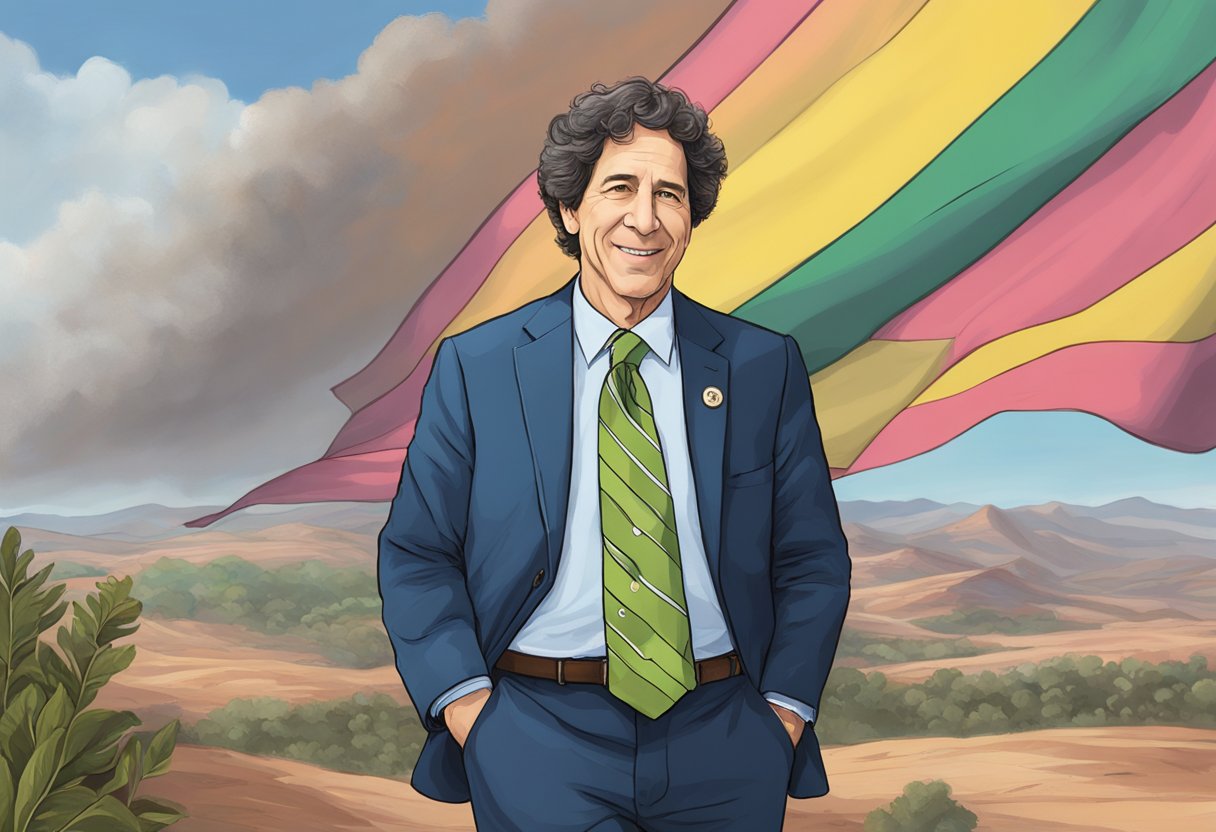
Jamie Raskin’s bandana is not just a piece of cloth but a symbol with significant personal and cultural meaning, representing his current health challenges and connections to wider cultural influences.
Symbol of Resilience and Solidarity
Jamie Raskin, a respected American lawyer and politician, has been publicly wearing a bandana due to hair loss as an effect of chemotherapy treatment for lymphoma. This head covering stands as a symbol of resilience in the face of cancer. It also sends a strong message of solidarity to others battling cancer, showing support and shared understanding of their struggles.
Influence of Steven Van Zandt
The choice of a bandana carries influence from Steven Van Zandt, a renowned musician and actor, famously known for his role in the E Street Band and his persona as Little Steven. Van Zandt, also recognized for his signature headscarves, has had a cross-cultural impact, influencing not just the music scene but also fashion with his iconic bandanas. Jamie Raskin’s choice reflects this influence, connecting his personal battle with a broader cultural touchstone.
Through his bandana, Raskin inadvertently weaves a narrative of personal struggle, cultural resonance, and unwavering courage.
Political and Social Dynamics
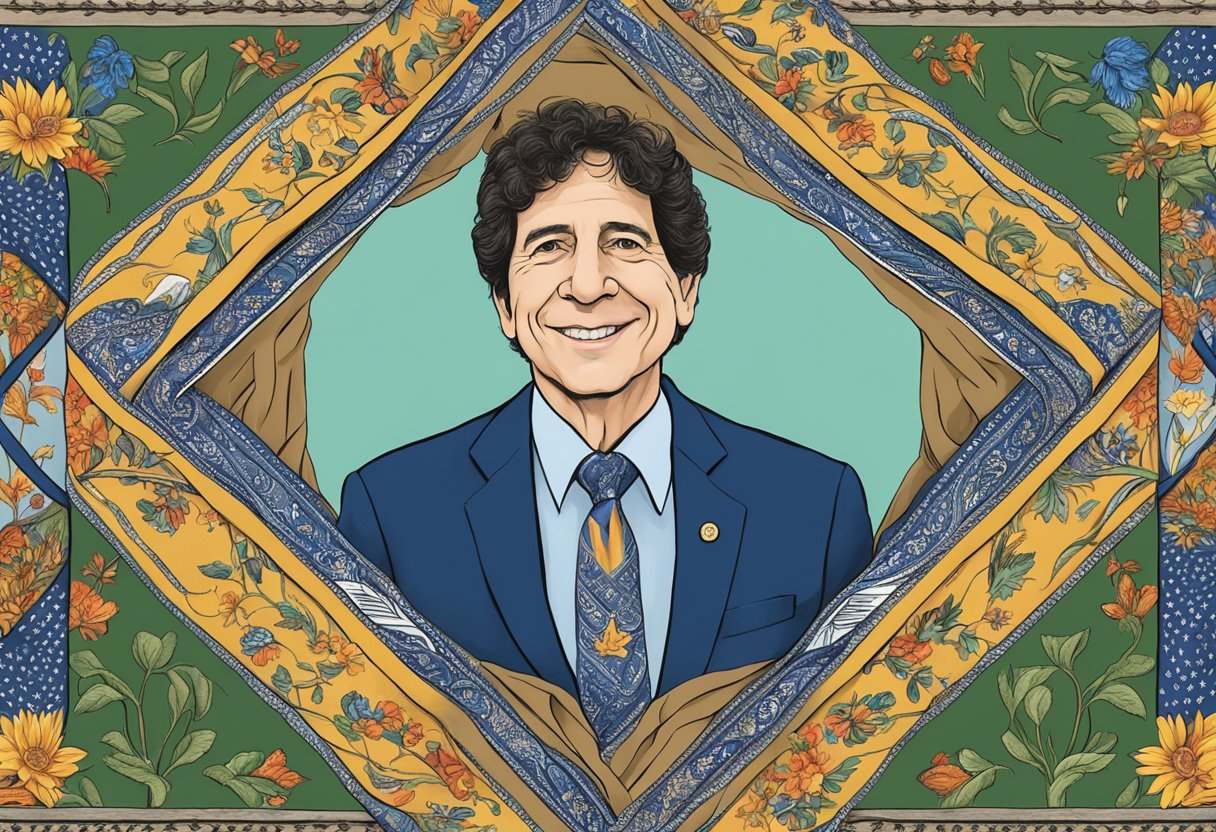
The wearing of a bandana by Congressman Jamie Raskin on the House floor has intersected with the protocols of House etiquette and elicited varied responses from political figures, reflecting the complexity of upholding traditions while respecting personal and medical circumstances.
House Floor Etiquette and Rules
Traditionally, the House of Representatives maintains a strict code of conduct regarding attire on the House floor. These protocols, established in the House Rules, customarily prohibit hats and other head coverings to maintain decorum within the Capitol. However, exceptions have been made, such as the allowance of religious headdresses after a 1837 rule banning headwear was modified, enabling figures like Rep. Ilhan Omar to wear a hijab. The Democratic Caucus, along with support from some Republicans, played a significant role in amending these rules to be more inclusive of religious expressions.
In the context of medical conditions, the rules on the House floor are less defined. As such, there’s a growing consideration for the flexibility of these protocols, emphasized by the practical and empathetic responses from colleagues and leaders in cases like Raskin’s.
Responses from Political Figures
Responses from political figures to Raskin’s bandana have showcased the human aspect behind political roles. The House Oversight Committee chairman, Rep. James Comer, a Republican, indicated his support and willingness to work with Raskin despite differing political views. Democratic members and the broader caucus have also expressed their backing, demonstrating solidarity across party lines for Raskin during his medical treatment.
In particular, House Speaker Kevin McCarthy and other members of the Republican party have not publicly objected to Raskin’s choice of headwear, reflecting a nuanced interpretation of House etiquette in light of Raskin’s circumstances. This instance illustrates how compassion and understanding can transcend the typically stringent rules of the political arena, with figures across the spectrum uniting to support a colleague during a challenging time.
Media and Public Perception

The media coverage and public discourse surrounding Congressman Jamie Raskin’s use of a bandana have been a mix of support, curiosity, and the quelling of misinformation.
Coverage by Associated Press and Social Media
The Associated Press (AP) has contributed fact-based reporting on Rep. Jamie Raskin’s appearance, noting that the headwear is related to his ongoing treatment for a form of lymphoma. As a prominent Maryland Democrat, Raskin’s health has been of public interest, influencing media narratives. On social media platforms, particularly Twitter, users have expressed support for Raskin while discussing his choice to wear a bandana, often linking it to his treatment-induced hair loss.
- Associated Press: Accurate, fact-checked coverage on health-related reasons for the bandana
- Social Media Reactions: A mix of support and inquiry, with occasional misinformation needing correction
Addressing Misinformation and Speculation
In response to speculation, a spokesperson or Raskin himself has occasionally stepped in to clarify the situation. Misinformation, such as rumors of weight gain being linked to his cancer treatment, have been addressed. Outlets like Punchbowl News and commentators such as Jacob Wilson have sometimes had to correct false information. For example, social media posts falsely claiming that House Speaker Kevin McCarthy had opposed Raskin’s bandana were debunked, shedding light on the importance of integrity in news dissemination.
- Misinformation: Claims about opposition to the bandana from fellow members of Congress or about the reasons for weight gain
- Fact-checking: Efforts by various news sources and a Maryland Democrat spokesperson to correct false narratives
Cultural Impact and Personal Stories
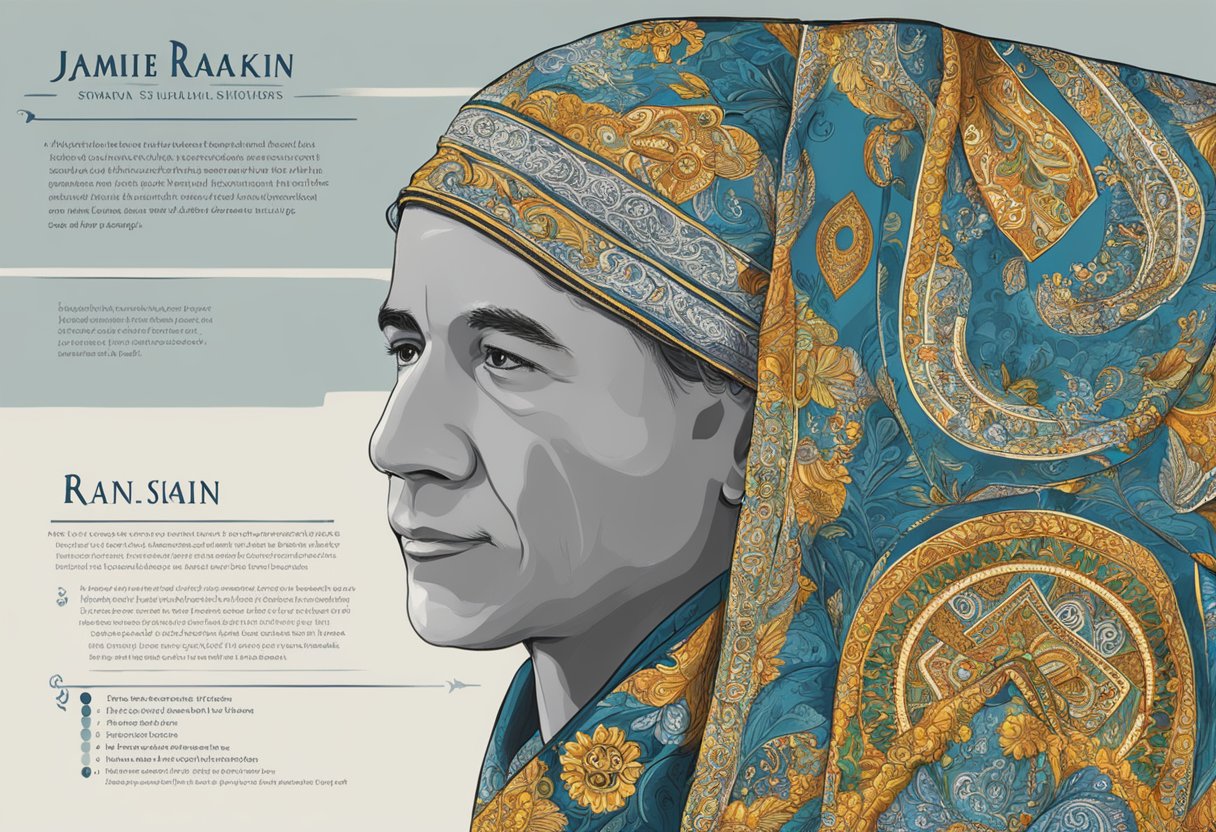
As public figures navigate personal challenges, their choices can resonate with the public, often leading to broader cultural impacts. The personal stories connected to their experiences can foster a sense of solidarity and highlight the influence of celebrity actions on public perception.
Celebrity Influencers and Public Figures
Steven Van Zandt, also known as Little Steven, is not just recognized as one of the greatest musicians on earth, playing with Bruce Springsteen and acting in The Sopranos, but he’s also an influencer in fashion with his signature bandanas. This rock icon’s style was adopted by Rep. Jamie Raskin during his cancer treatments, making a statement that went beyond fashion and showed resilience in the face of adversity. Van Zandt’s bandana gifting to Raskin is an act that merges music, culture, and politics, showcasing how personal health battles are shared publicly, casting light on the humanity of those in the political sphere.
Personal Connections Beyond Politics
Rep. Jamie Raskin is married to Sarah Bloom Raskin, former Deputy Secretary of the Treasury and a member of the Federal Reserve Board of Governors. Their shared commitment to public service is rooted in a foundation of principle and justice within the United States. The congressman’s choice to wear a bandana speaks to the interconnectedness of personal experiences and professional lives. In combatting his illness transparently, Raskin highlights the personal side of politics, emphasizing that public figures face the same challenges as those they represent. This act may remind constituents of the commonalities they share with their elected officials, beyond political agendas and legislations.